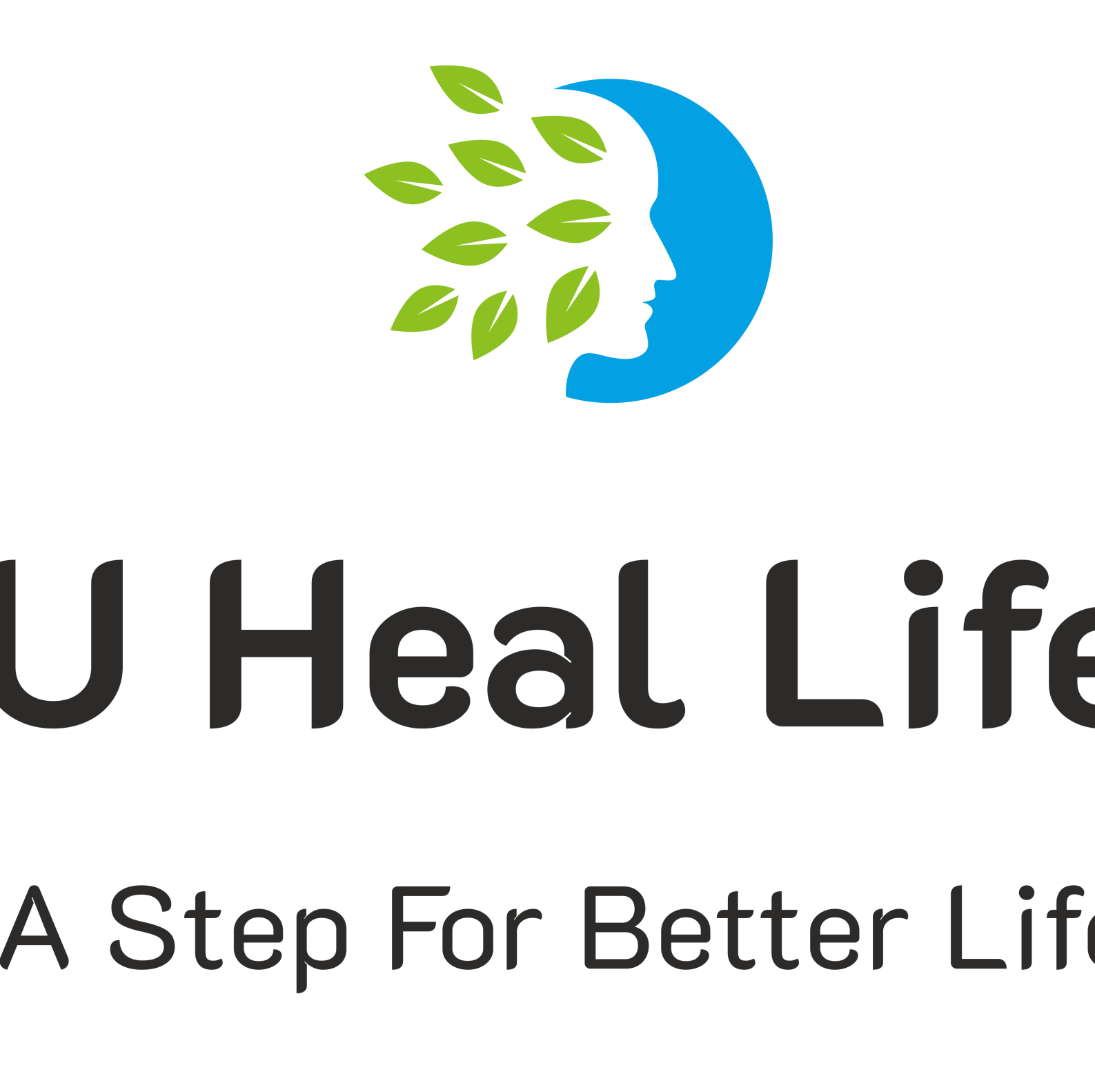Introduction to Yoruba Spirituality: Beliefs, Practices, and Deities
Yoruba spirituality is one of the most influential and profound spiritual traditions originating from West Africa, particularly among the Yoruba people of Nigeria, Benin, and Togo. Rich with oral tradition, sacred rituals, and divine connections, Yoruba religion has shaped not only African societies but also diasporic communities worldwide, especially in the Americas and the Caribbean.
In this guide, we’ll explore the core beliefs, spiritual practices, and major deities (Orishas) of Yoruba spirituality—and why it continues to thrive today.
What Is Yoruba Spirituality?
Yoruba spirituality is a traditional African religion rooted in ancestral reverence, natural balance, and divine intercession. It is both a philosophical system and a way of life, focused on achieving harmony between individuals, their community, and the spiritual realm.
Unlike many Western faiths, Yoruba spirituality is non-dogmatic and flexible, allowing followers to develop personal relationships with divine forces known as Orishas.
Core Beliefs of Yoruba Religion
✨ 1. Belief in Olodumare
Olodumare is the Supreme Being, the source of all creation. Though often considered distant, Olodumare is recognized as the ultimate power, beyond human comprehension.
✨ 2. The Role of Orishas
Orishas are divine intermediaries who govern natural forces and human activities. They are central to Yoruba worship, rituals, and daily life.
✨ 3. Ancestral Veneration
Honoring one’s ancestors is a core belief. Ancestors (called Egungun) are seen as protectors and spiritual guides.
✨ 4. Concept of Ase (Àṣẹ)
Ase is the life force or spiritual energy that flows through all beings and things. It represents power, authority, and the ability to manifest change.
✨ 5. Destiny (Ori)
“Ori” refers to an individual’s inner spirit or higher self, believed to be chosen before birth. Living in alignment with your Ori ensures fulfillment and success.
Common Yoruba Spiritual Practices
🔮 1. Divination (Ifá)
The Ifá system, using the Odu Ifá texts and guidance from Babalawos (priests), helps followers uncover their destiny and receive advice from the divine.
🔮 2. Ritual Offerings and Sacrifices
Practitioners offer food, drink, and symbolic gifts to Orishas to receive blessings, protection, and healing.
🔮 3. Dance and Music
Drumming, chanting, and sacred dances are vital for calling Orishas and entering spiritual trances.
🔮 4. Initiation and Priesthood
Devotees may undergo initiation ceremonies to deepen their connection with a particular Orisha and serve the community.
🔮 5. Festivals and Community Gatherings
Celebrations like the Osun-Osogbo Festival honor specific deities and foster community unity and spiritual rejuvenation.
Major Yoruba Deities (Orishas)
Here are a few of the most widely revered Orishas:
🔥 Shango (Ṣàngó) – God of thunder, lightning, and justice
- Symbolizes power, masculinity, and leadership
- Worshipped with drums and fire rituals
🌊 Yemoja (Yemọja) – Mother of all Orishas and goddess of the sea
- Protects women and children
- Associated with fertility, motherhood, and oceans
🌿 Osun (Oshun) – Goddess of love, beauty, and fresh water
- Patron of sensuality and feminine energy
- Honored for healing and compassion
🌱 Obatala (Ọbatálá) – Orisha of wisdom, purity, and creation
- Creator of human bodies under Olodumare’s guidance
- Represented by the color white
🛡️ Ogun – God of iron, war, and technology
- Patron of blacksmiths, warriors, and modern industries
- Embodies strength and resilience
Yoruba Spirituality in the Diaspora
Due to the transatlantic slave trade, Yoruba beliefs spread to the Americas and blended with other spiritual systems, forming:
- Santería (Cuba)
- Candomblé (Brazil)
- Vodun/Voodoo (Haiti and New Orleans)
These Afro-Caribbean religions continue to preserve Yoruba cosmology, despite adaptations and colonial pressures.
Final Thoughts
Yoruba spirituality is a living, breathing tradition that transcends borders and time. With its emphasis on community, balance, and spiritual connection, it offers profound guidance for those seeking to reconnect with ancestral wisdom and natural forces. Whether you’re drawn to the Orishas or fascinated by African philosophy, Yoruba spirituality offers a powerful path for personal and collective transformation.










